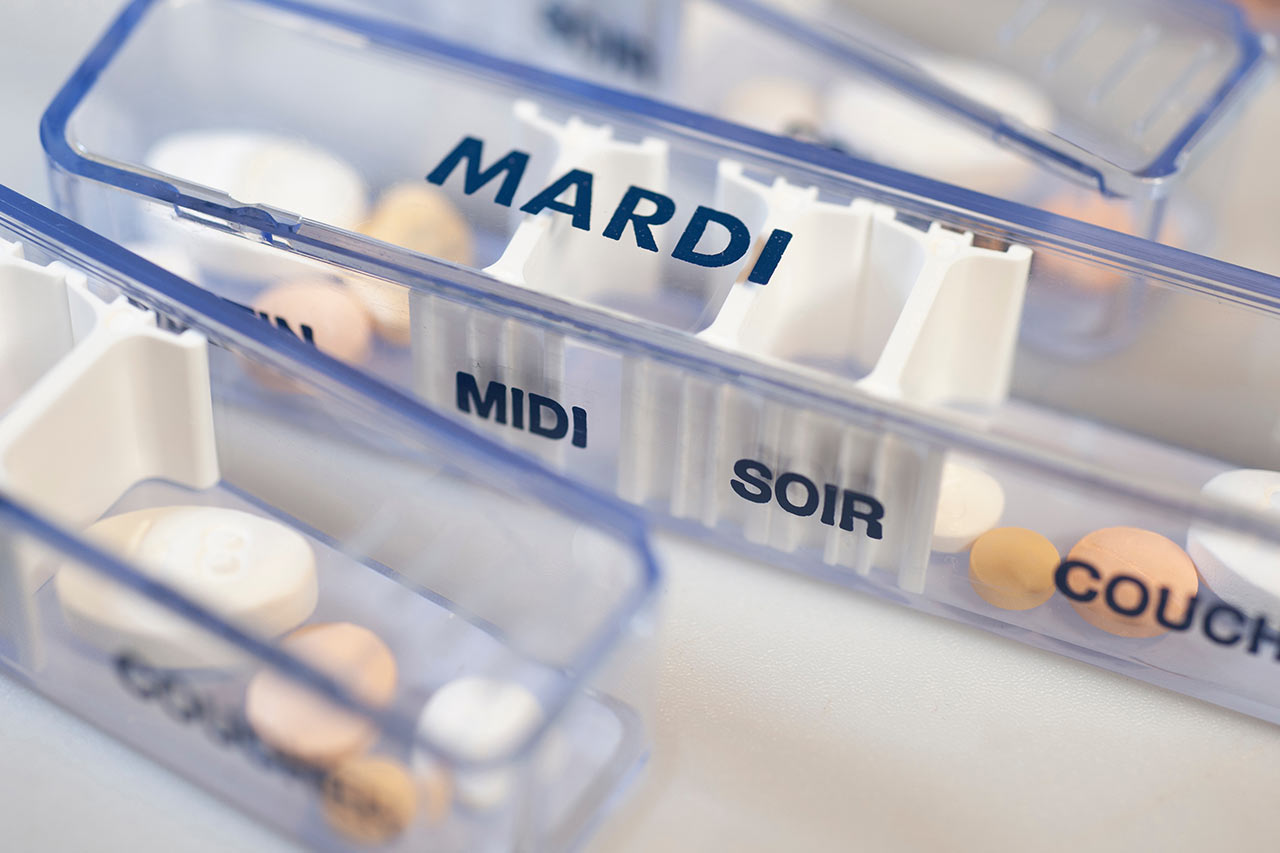The healthcare sector’s carbon footprint represents 47 million tons of CO2 in France every year, 54% of which comes from pharmaceuticals and medical devices (MD) [1]. One of the current challenges in the healthcare sector is to reduce these high emissions. The SNITEM (“Syndicat national de l’industrie des technologies médicales”, National federation of the medical device industry which represents MD companies to institutions and government bodies) has taken up this issue, and on June 8, 2023 organized the “CSR in healthcare” symposium at the Paris Expo Porte de Versailles in Paris. This event was the opportunity to share flagship initiatives in this field, examples of partnerships and benchmarks to guide players in the sector, as well as to reflect on areas for improvement and challenges for the future. Alcimed attended, and takes a look back at the 3 CSR challenges faced by medical device players to help reduce the carbon footprint of the French healthcare sector: standardization, partnerships and adaptability.
Challenge n°1: standardizing carbon footprint measurement methods to identify levers for reducing emissions
For the healthcare sector to reduce the greenhouse gas emissions, it is necessary that players start by measuring their emissions at a precise point in time, and then identify, on the basis of this initial snapshot, ways of improving.
Several tools exist to measure carbon footprints and practices are beginning to converge around reference tools, including the “Bilan Carbone®” (meaning Carbon Footprint in French) developed by ADEME (the French Environment and Energy Management Agency). This methodology was, for example, used by Bichat Hospital in Paris to conduct a 6-month monocentric prospective study of its emissions in the vascular surgery, thoracic surgery and lung transplantation teams. Numerous criteria were evaluated, including staff and patient travel, the MD used, the energy required to produce drugs, freight to the hospital, consumables and waste. The carbon footprint was thus able to be carried out on scopes 1, 2 and 3 for 15 procedures analyzed. In terms of results, on average, 73 consumables are used per procedure – 43 in surgery, 30 in anesthesia – and 15 drugs. Ultimately, the emissions from one procedure are equivalent to a Paris-Berlin flight (around 1,000 km). The results also show that some criteria have a bigger impact such as drugs as 3 of the 15 used account for 91% of total emissions. The amount of waste is also significant (21 kg), with only 1/3 being recyclable. This is mainly due to consumables, 95% of which are made of plastic.
This approach focuses on actions and impactful solutions to reduce the footprint of the process. The aim of these actions was to reduce the carbon footprint by 20%. The solutions considered include: making manufacturers display product carbon footprints, avoiding inhaled anesthetics, preferring generic drugs, or reducing packaging. Eliminating leaflets (which is a regulatory requirement) or re-sterilizing single-use MDs are not current practices, but the regulatory framework could evolve in this direction in the future, in order to reduce carbon footprint.
Creating, harmonizing and maintaining common reference tools is a key stake for the healthcare sector, not only to enhance expertise and know-how, but also to enable comparisons and extrapolations that will accelerate these transformations in the future.
Challenge n°2: setting up public-private partnerships
As seen in the previous example, healthcare facilities are all seeking to reduce the environmental impact of their practices and use of medical equipment today. Drug manufacturers, on their end, also want to reduce their greenhouse gas emissions associated with production, distribution, use etc. These two ambitions are complementary, and joint actions can thus be implemented, notably through partnerships – still uncommon to date – between public and private players. This is the case of Rennes University Hospital Centre and Philips, who have been working since 2021 on the life-cycle assessment (LCA) of a biplanar interventional imaging system dedicated to neuroradiology, including stroke treatment, intensive care and anatomopathology. In 2011, Rennes University Hospital committed to reduce all waste by 20%, after completing their first full carbon footprint assessment in 2008 (the hospital emits the equivalent of 81,000 tons of CO2, with 49 tons of CO2 per bed). The challenge for Philips was to develop and test generalizable solutions for sustainable, low-carbon healthcare (Press release, May 16, 2022, Rennes University Hospital).
This partnership illustrates the commitment of a multi-disciplinary team between two players in the healthcare sector, united around a common goal, to implement an innovative long-term action plan. At the end of this process, Philips demonstrated its commitment by hosting a Masterclass on sustainable purchasing and circular economy. This work was also presented at a congress, made the University Hospital win an award and was the topic of a podcast. Beyond the standardization mentioned in the first paragraph, these results highlight the need to break down silos usually separating these two type of players, and to develop partnership approaches that bring the best of both worlds to the table.
Challenge n°3: adapting to local stakes and relevant to each player
CSR in healthcare is becoming a key criteria in purchasing decisions, and will continue to be so in the future: legislation on CSR tends to become more stringent. Even if new regulations are about to be introduced on the basis of environmental criteria for public orders, these criteria are not systematically included in calls for tender and their selection process today. For example, BBraun analyzed the calls for tender processed during the first half of the year, and noted a marked heterogeneity in practices, a large number of calls for tender in which these criteria were included but had no weight in the decision, and ultimately very few calls for tender in which CSR criteria accounted for more than 5 to 10% of the decision.
In the future, in addition to giving these criteria greater weight, it will be key to move away from the generic information required in today’s procedures, and to precise these criteria so that they reflect the CSR priorities of each establishment, enabling manufacturers to provide specific answers that are more valuable to them. Some establishments are moving in this direction. One example is Nancy University Hospital, which organized a round-table discussion on responsible purchasing and the promotion of CSR in MD purchasing, so private-sector players could better understand their specific challenges faced, and thus be in a position to provide tailored responses to their specific needs (water, biodiversity, waste, energy, etc.). This type of approach is of great interest to manufacturers who wish to increase their impact in this field, as demonstrated by the high number of participants who attended the webinar organized by Nancy University Hospital (250 to 300 manufacturers).
CSR is playing an increasingly important role in calls for tender, and French and European legislation are also moving in this direction. In France, medical device manufacturers and healthcare facilities are gradually transforming their practices to reduce greenhouse gas emissions. This transformation will be consolidated and accelerated by the standardization of measures, public-private partnerships and the adaptation of medical device manufacturers to the needs of each hospital. In the coming years, CSR could become a real differentiating criterion for players in the healthcare sector. Alcimed can support you with your medtech projects! Don’t hesitate to contact our team.
About the author,
Auriane, Consultant in the Alcimed’s Healthcare team in France



